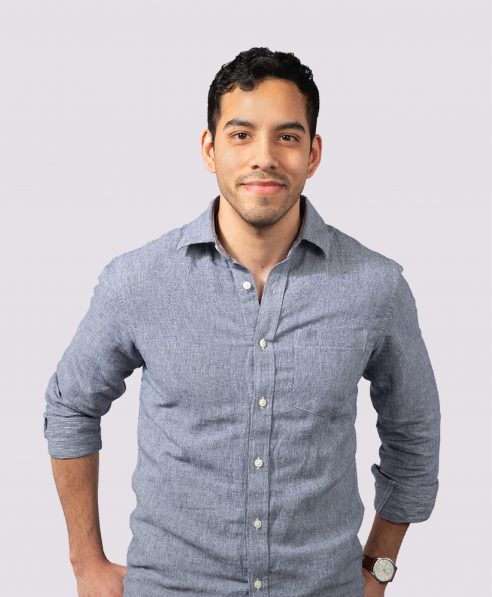Voices from Portman Architects: Jose Pajares
This Q&A is part of a series of interviews with Portman Architects, architects, designers, and others in the design collaborative about their career journey and the impact that design and architecture can have on our communities and engage and inspire. Here, we sit down with Jose Pajares, Architect I.
When did you decide you wanted to be an architect designer?
I knew I had an affinity for design by the time I finished undergrad; the “Architect” was still a foggy vision with lots of unknowns. My decision was made after a few weeks working for a 3-person firm. I got a first-row seat to the day-to-day of the architect that demystified the concept I had of the profession. Learning how and why different elements came together was quite fascinating. Even more so when looking at your drawings become reality in a matter of months. I also found this concert of dynamic collaboration between different parties aiming for one goal intriguing and rewarding. This helped me confirm my decision to move forward in my pursuit.
What do you find exciting about architecture and design right now?
Now more than ever, while we embark on this post-pandemic era, I see architecture at the forefront guiding the creation of environments that contribute to our physical and mental health. People are more conscious of what makes them feel safe, comfortable, and healthy. They are expecting more from designers across all market sectors. It will be interesting to see the evolution in years to come.
And for architecture students, technologies that have been developed or refined in the past 5 years are now more available to light to a wider, open-minded, and more tech-savvy generation. Improvements are seen in visualization and rendering processes, a transition between modeling software, more stable sustainability geared plugins, and more.
What are some measures that the design industry can take to increase the level of diversity among our ranks and, specifically, bring more Hispanic voices to the table?
I don’t remember hearing much about architecture growing up. The profession was seldom brought up even during middle and high school career days. Still today I don’t hear about it when we talk about STEM careers. So, an honest effort to reach out to K-12 schools and engage with the Hispanic community is a priority. More numbers can be achieved if we let the younger generation know of the importance of this profession, how they can attain it, and create Hispanic scholarships for those seeking this career.
Where do you source your inspiration and creativity?
I think inspiration and creativity are all over, one just needs to stop and look closer. For me, this is an eclectic endeavor. I draw from my travels, conversations, movies, books, old sketches, you name it. Personally, I tap into memories of Peru’s cities and the vibrant scenery that impacted me during my childhood. I consider these to be architecturally unbiased images and feelings burned into my designer DNA.
How has your culture and ethnicity influenced you most in this profession?
Culturally, the adaptation of public space has deeply influenced how I perceive potential in designs. In Peru, like in most Latin America, the informality of small businesses and how they cycle through day and night filling up the otherwise dead plaza has always fascinated me. Carts moving in and out of the plaza varying according to the day of the week or festivity. Or a restaurant that emerges at the first level of a 3-story house. And this is repeated almost every other house in the main avenues of Lima’s Spanish grid. Obviously, this is something that would drive zoning officials and other policymakers crazy in the States but believe me, it all has a flow and order among its seemingly chaotic nature. It is just part of how the culture allows opportunities for economic growth, creative expression, and tradition. Is something I picture when thinking of what a space could be, to give agency to the user. How can we restrict their actions less and create moments and opportunities?
What role do architecture and design play in shaping the minds of our community and future generations?
If architecture can shape the minds of our community, it will be through sensible design. Architecture has been a tool for creativity, cultural expression, and socio-economic gaging. It is also a reflection of a community’s efforts to promote safe and healthy spaces while preserving natural resources and the environment. We can further pave the path for a more sustainable future by incorporating proven building methods and standards that benefit its users and enhance their experience. In exchange, we can expect future generations to understand the value of sustainable projects and expand on them.

